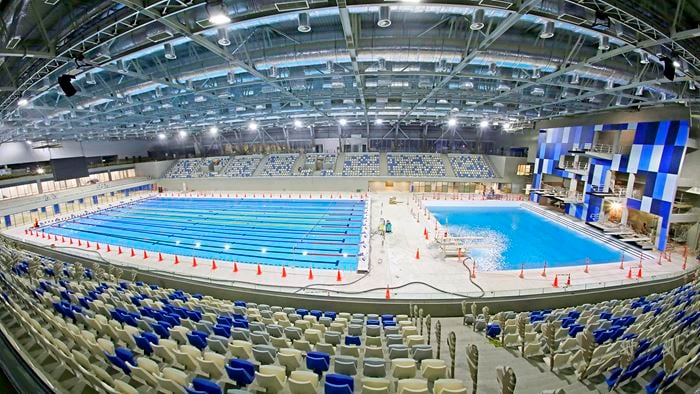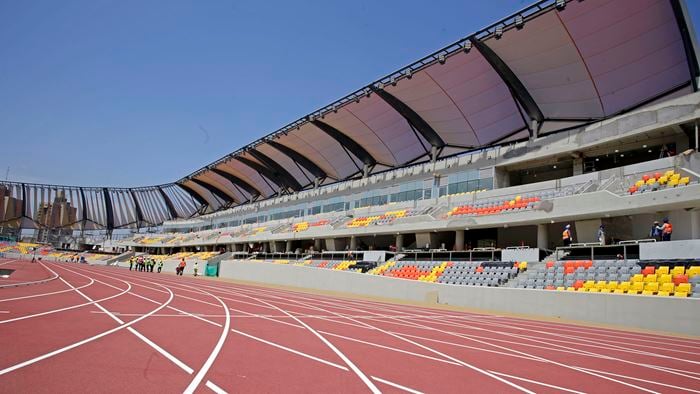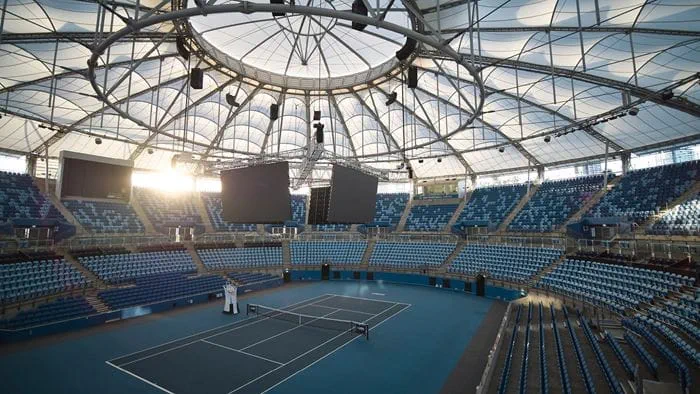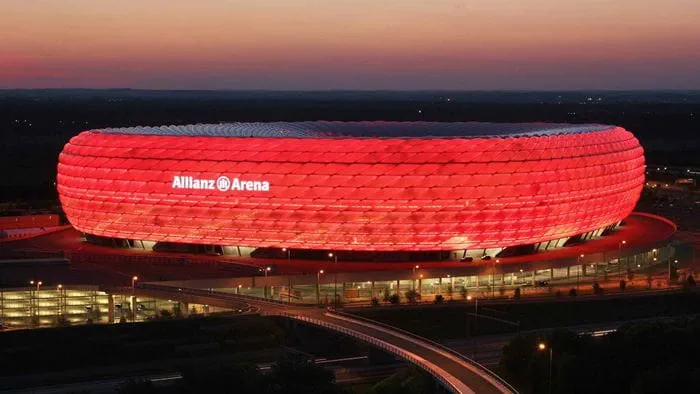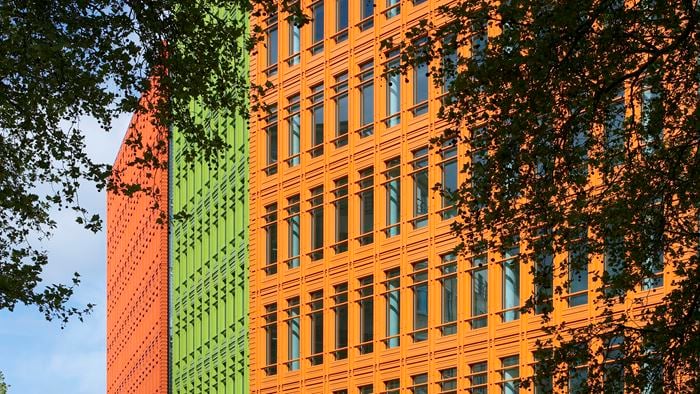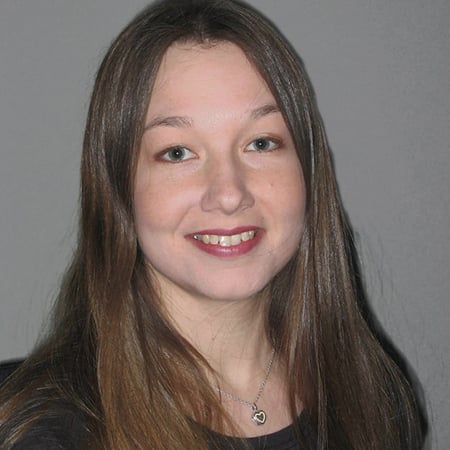Arup’s design and technical assurance role as part of the UK delivery team (UKDT) consortium was to help Lima 2019 create sports venues capable of hosting an inclusive event. Ensuring the venues were fully accessible, functional and appropriately sized to stage the Pan and Parapan America Games 2019 helped achieve this vision and ensured that Lima inherited a meaningful legacy facility.
A detailed review was undertaken during the design stage of the venue’s development, including its accessibility, functionality, building spaces and volumes, operational and logistic efficiencies, ease of maintenance and appropriate use of materials.
In the process of providing this design assurance, Arup identified conflicts between overlapping regulations as well as gaps in some important inclusive design guidance. It was crucial that these issues did not result in creating barriers that might prevent or limit access for any user.
Project Summary
1,890 para athletes competing
33competing countries
17para sports
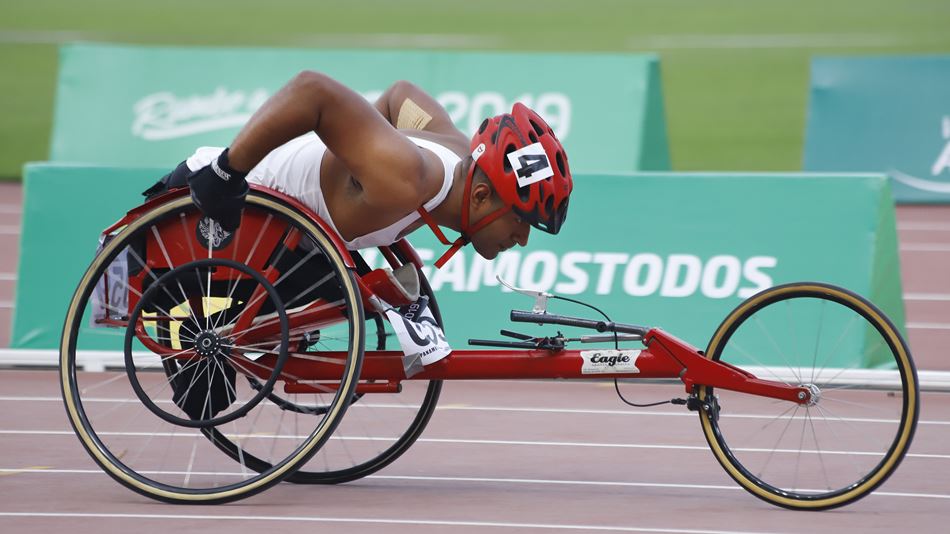
Through close collaboration between the Lima organising committee and the International Paralympic Committee (IPC), Arup's Inclusive Environments team and Host Cities group produced an Accessibility Design Guide to ensure best practice inclusivity for all users.
The guide identified key accessibility and inclusive design requirements, in line with international standards, to be implemented consistently across the design of all sites and all sports venues. In summary, a fully comprehensive guide for an inclusive built environment.
The guide addressed accessibility for both internal and external environments, including issues unique to sports venues such as wider door openings used by wheelchair basketball, rugby and tennis players. It also covered the public domain of housing, streets, pavements, bus drop-offs, car parks, signage, wayfinding and the airport.
Creating these guidelines was a giant step forward for accessibility and inclusivity in Peru and is leaving behind a positive legacy and a guide for future use.
“Learn more about our host cities expertiseExperiencing a safe built environment around the different sites will benefit all users, regardless of age, impairment, gender or other personal circumstance, during and after the Games.
”Eugene Uys Associate Director
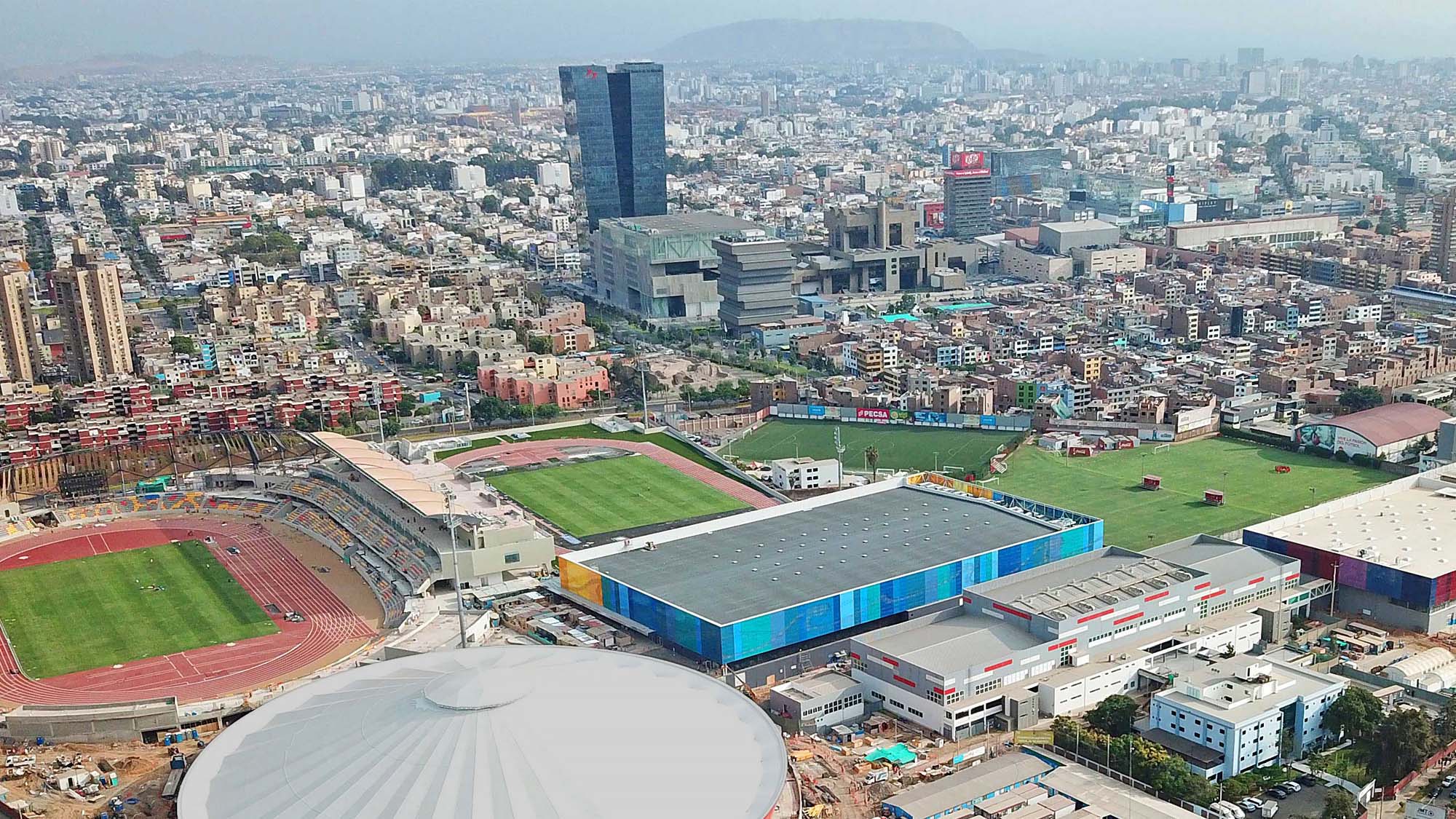 ;
;


.jpg?h=258&mw=180&w=180&hash=8EA6295FBB8A9F30322CF177428EB3C3)
